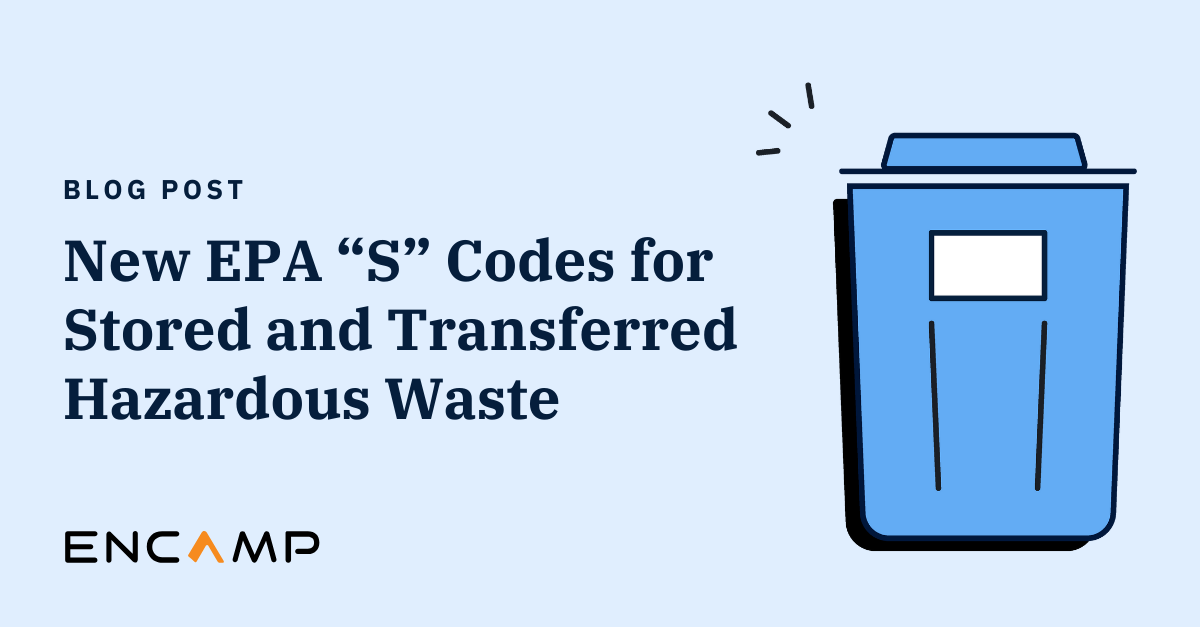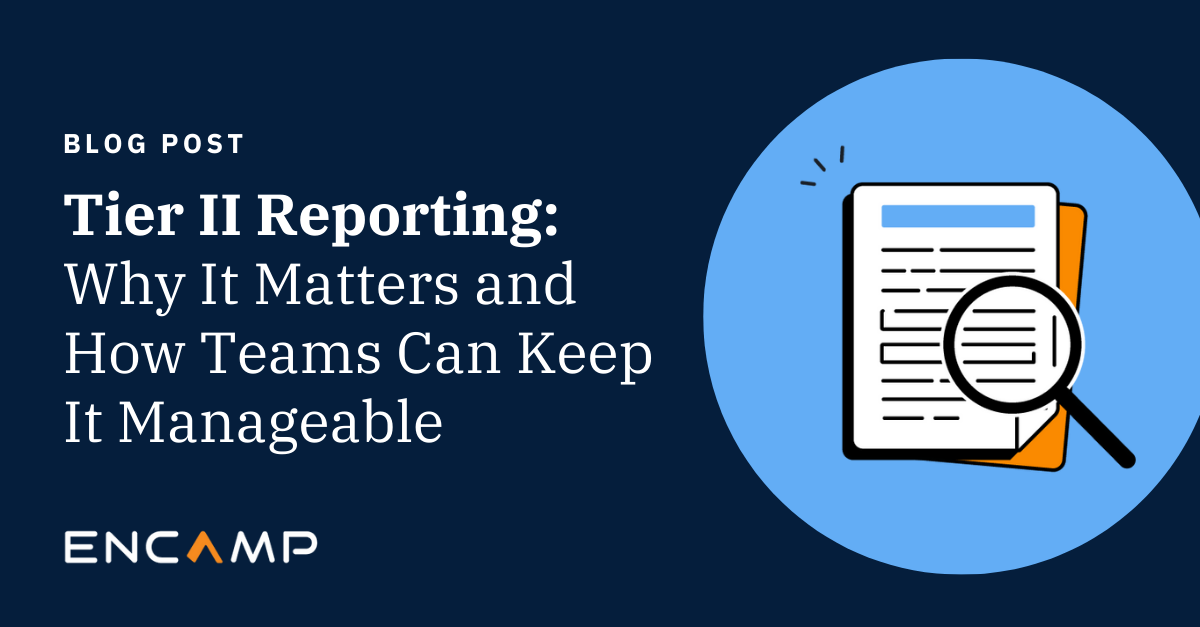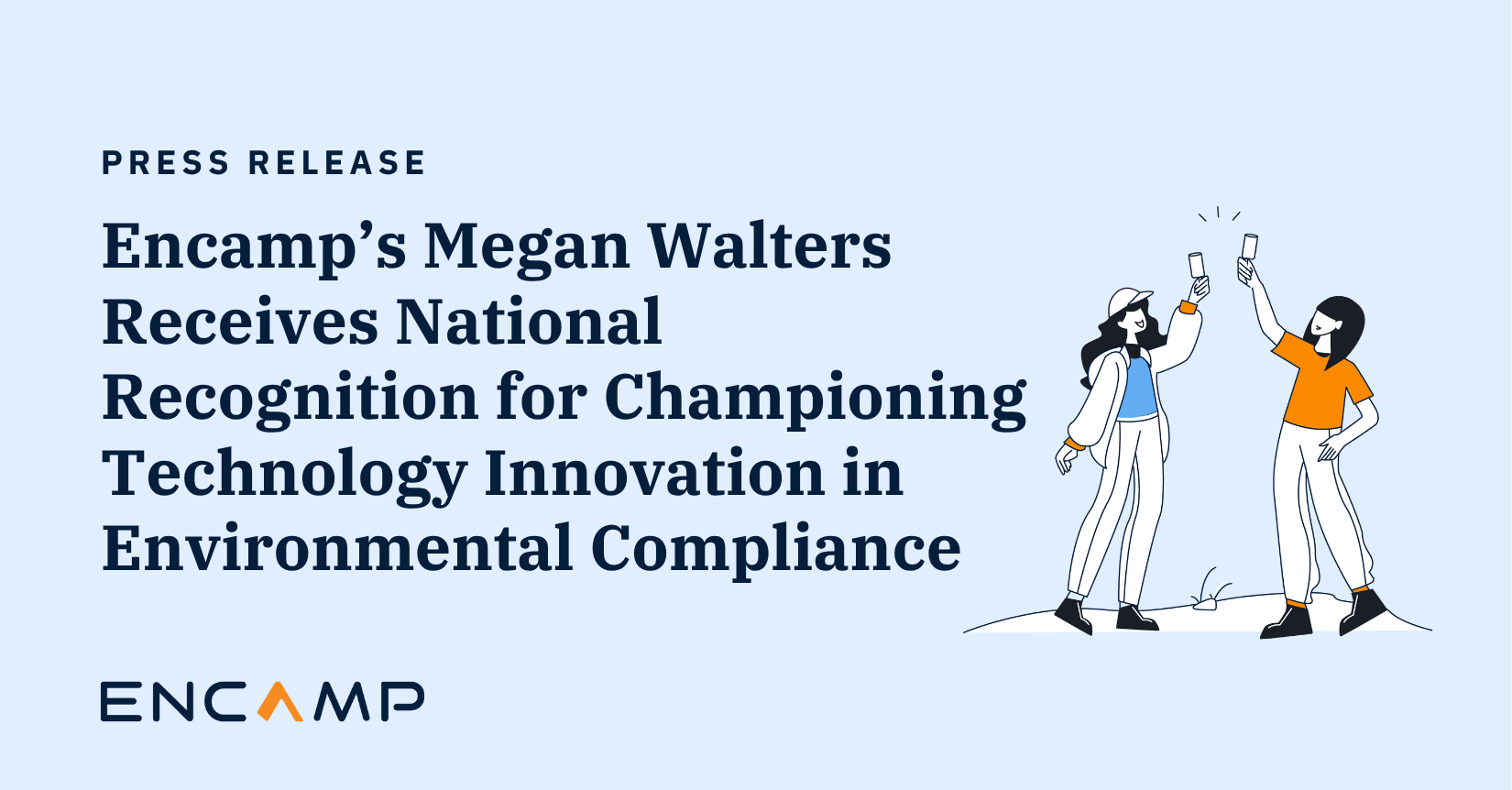As your business continues to grow, so does the number of facilities you oversee. Eventually, using spreadsheets and paper records to manage environmental compliance information for hundreds (or thousands) of facilities will no longer be scalable to your growth.
So for many EHS teams, what has long been an established practice will only become more unsustainable.
For one thing, the manual process of managing compliance information is inefficient and susceptible to human error. Especially for Tier II reporting, data that continually gets cut-pasted is likely to be incomplete and inaccurate. And incomplete or inaccurate filings for EPCRA, RCRA and other regulations are a significant non-compliance risk, not to mention quite expensive when violations and fines set in.
Enter digitization for compliance records and data
Technopedia tells us the strengths of digital data are twofold. First, all kinds of complex analog input can be represented electronically with the binary system of digitization. And second, when data is digitized, it enables EHS teams to capture and validate information more comprehensively than when using spreadsheets and binders full of paper.
Think of tracking facility-level information, chemical types, inventories, threshold planning quantities (TPQs) and so on in one location that users can access wherever and whenever needed. Digitized data is easier to centralize, and presents information in a more complete and consistent format in a digital interface or dashboard.
 Download the eBook
Download the eBook
Your Guide to Proactive Environmental Compliance:
Eliminating the risks of non-compliance
A broader view of digitization
A glaring pain point for many EHS directors and teams is the inability to have complete visibility into the facilities they’re responsible for. By centralizing data in a digital manner, information about each site and chemicals stored within a facility can be easily shared, tracked, and updated across your company’s EHS spectrum.
Also with expansive data storage components such as the cloud, the digital model of capturing information helps organizations explore new methods of data collection and accessibility beyond on-premise systems. Already, digitization has introduced data collection methods using mobile devices and technologies like machine learning.
Moreover, along with cost-saving and mobility benefits, cloud-based platforms are energy efficient, reducing your company’s carbon footprint by switching to virtual services and away from in-house data centers that contribute to greenhouse gas emissions.
A key step to becoming proactive
Beyond collecting and centralizing compliance information — new as well as historical — EHS teams must be able to validate the resulting data for reporting. When records are digitized, it’s easier to ensure the completeness and accuracy of information. In turn, EHS teams are better able to maintain data quality throughout each stage of reporting preparation.
In addition, digital records stored in the cloud can be easily and securely shared across teams, cutting down the time it takes for reviewing, approving, and submitting reports.
Taken together for an EHS team, these various aspects of “going digital” are a key step towards proactive environmental compliance.
Digital transformation literally has thousands of definitions. Somewhat simplified, however, think of it as a framework of data, process, technology and people working together within a supportive digital infrastructure. The keyword is “supportive,” because digital technology is designed to support and optimize work-based tasks — such as Tier II reporting.
On the process side of digital transformation are digitized data and records, as well as digitalized processes to streamline data flows and workflows. On the technology side are solutions that range from cloud computing and Software as a Service (SaaS) to automation, analytics, data mining, and data warehousing, among others.
Operational efficiency is the #1 benefit of digital transformation as rated by executives surveyed across multiple industries
Source: PTC 2019 Digital Transformation Survey
Digitization for proactive as well as guided environmental compliance
Digitizing records is just one aspect of a digital transformation strategy. But it’s an important one, in that digital data lets EHS teams actively support other elements of a proactive environmental compliance framework. These same elements are additionally vital to Encamp’s Guided Environmental Compliance method, which centers on digital transformation for compliance data management and reporting functions.
Eliminating data silos and labor intensive manual work
Particularly for Tier II reports, searching for information in non-integrated systems and cutting-pasting data from spreadsheets can require hundreds of dedicated people hours. Unfortunately, data entry is so all-consuming that many EHS teams spend more time being reactive than building sustainable proactive compliance strategies.
When data is digitized, however, it’s efficiently maintained and accessed in the cloud or via a SaaS-based platform, lending to sustainability along with time and labor cost savings.
Creating a single source of truth for compliance reporting
Unlike information stored in spreadsheets and binders, digital records can be centralized electronically in a single repository, such as the cloud. When EHS teams organize reporting data this way, it becomes seamless — making it easier to minimize human error, conduct QA/QC processes, and maintain information year-round. Data then becomes more intelligent, reliable, and organized for reviews as soon as the new calendar year begins.
Digitizing and standardizing reporting processes to make them systematic and repeatable
Many companies execute specific environmental regulatory reporting at the facility level, leaving it up to someone in Operations to collect data, review it, and submit it. Year after year, the reporting process is inaccurate or started from scratch, and regional or corporate environmental SMEs might or might not be aware of it.
Digital transformation provides a foundation on which to digitalize reporting processes and workflows, to standardize and automate them, and extend the information across all facilities. EHS teams can then effectively make reporting processes systematic and memorable to circulate institutional knowledge so reporting doesn’t have to start from scratch each year. Continuous process improvements also help EHS teams stay on top of non-compliance risks and build proactive sustainable strategies.
Increasing data visibility and demonstrating compliance in a straightforward manner
In the same way digitized data is easier to locate and access, it’s also more readily visible than information stored in spreadsheets and dispersed systems. Dashboards become a single pane of glass through which EHS teams and corporate stakeholders can monitor reporting activities continually, and demonstrate compliance clearly and proactively.
In digital form, data gives EHS teams and directors a deeper holistic view of chemicals and inventories for all facilities. They can then more effectively track TPQs, validate facility-level data prior to reporting, determine historical reporting trends, and the like. More importantly, EHS operations avoid the lack of visibility that can result in incomplete, inaccurate, or late report filings.
Something else to consider is that transparency in compliance records can be critical in transactions for business mergers and acquisitions.
Overcoming zero technology innovation for reporting at the state and federal level
It’s well known that state and federal reporting portals are non-standardized and hard to navigate. By transitioning internally to digitized data and a single source of truth (and even automation), an EHS team can at least centralize critical facility-level data and standardize its own reporting process. Team members can also more easily QA/QC reports for accuracy and fix issues that might trigger non-compliance red flags. When it comes time to submit reports to respective state agencies, the filing process is then less daunting.
Transforming the way enterprises stay in compliance
Encamp is on a mission to create a world where good for business can equal good for the environment. We help enterprises transform compliance programs and human processes into a technology-driven system that lays the foundation for accurate and ongoing environmental compliance through a blended method of intelligent high-tech solutions and high-touch expert support.
Tom Bailey
Tom is the Senior Content Writer at Encamp. And like all other Encampers, he’s in tune with the environment and what happens to it. He’s been writing about creative technology solutions for longer than he cares to admit.

 Download the eBook
Download the eBook

